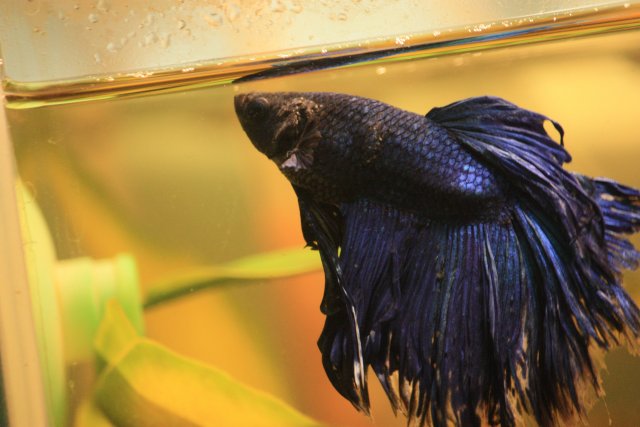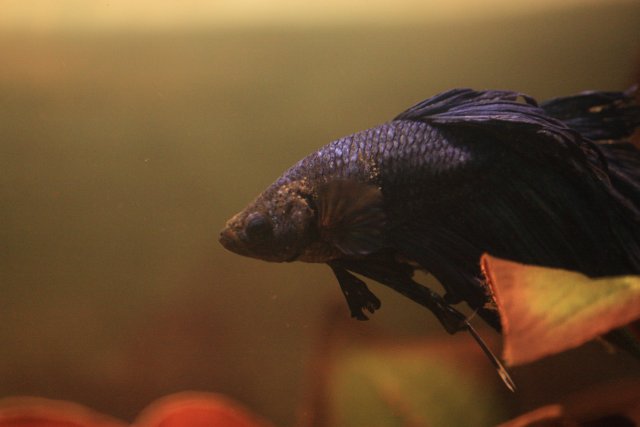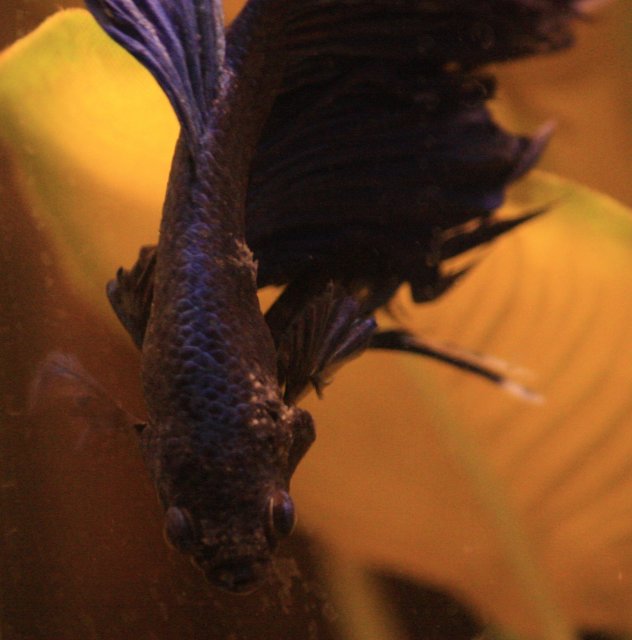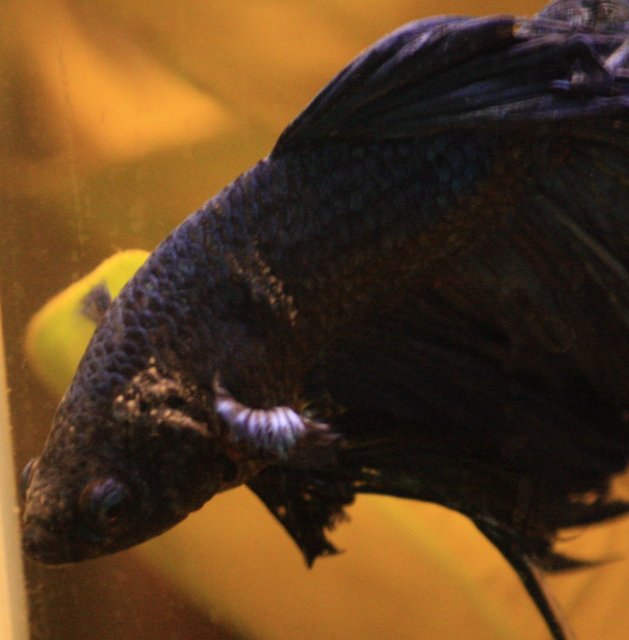- Nov 18, 2020
- 66
- 25
- 21
- 26
- Camera Used
- Canon Eos 450d, GoPro and my phone camera
Hi all,
I've posted before about my betta having this strange grey coating around his gills. I've seen these small flecks before , there were only one or two but today I noticed a lot more of them around his left gill, the patch on his left side and in his right nostril. They aren't white, more of a yellow in colour but lighter than the weird large yellow lumps on his fins. I've been treating him with an aquarium salt bath in the tank but haven't seen any improvement.
Symptoms: just the small spots and big lumps (possible lymp?), can't close left gill cover. Yawns everyday. Rests a bit more often.
He's active, flares, makes bubble nests, eats everything.
Water parameters from this morning: NH: 0.5, NO2: 1.6, NO3: 20. Finally everything is being converted but hasn't finished cycling properly as ammonia and nitrites are still showing.
I'm using Prime to prevent deaths but every now and then I see ammonia burns.




I've posted before about my betta having this strange grey coating around his gills. I've seen these small flecks before , there were only one or two but today I noticed a lot more of them around his left gill, the patch on his left side and in his right nostril. They aren't white, more of a yellow in colour but lighter than the weird large yellow lumps on his fins. I've been treating him with an aquarium salt bath in the tank but haven't seen any improvement.
Symptoms: just the small spots and big lumps (possible lymp?), can't close left gill cover. Yawns everyday. Rests a bit more often.
He's active, flares, makes bubble nests, eats everything.
Water parameters from this morning: NH: 0.5, NO2: 1.6, NO3: 20. Finally everything is being converted but hasn't finished cycling properly as ammonia and nitrites are still showing.
I'm using Prime to prevent deaths but every now and then I see ammonia burns.






